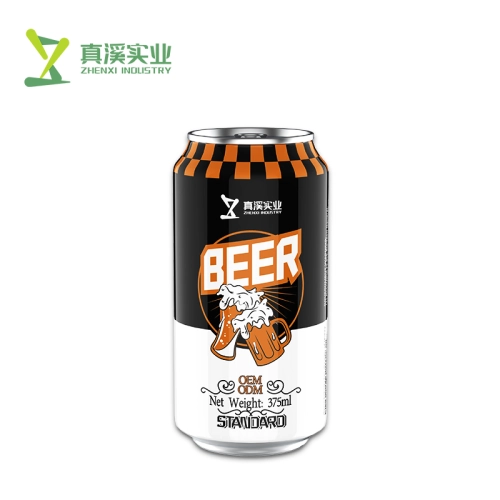Several health, safety and material integrity factors play a role when asking whether or not beverage cans can be refilled. The majority of these are aluminum beverage cans, which account for ~75% of global packaging (Unger and Babbington 2009) designed for single use. This same internal coating, a thin layer of epoxy resin in most cans, prevents the beverage from reacting with any metal. Once it is opened the coating may lose its integrity and not be robust enough for a re-use.
There are a number of reasons why refilling beverage cans is extremely dangerous. Even if no bacteria or mold are present, residue of the original drink can develop into health issues. A re-use study published by the Food Safety Authority found that not sterilising containers correctly could result in contamination levels rising to 45% above safe limits. The challenge is the highest for cans that are largely non-destructive and hard to clean due their narrow openings, as well as contain a coating on inside.
In terms of safety, the can loses its mechanical strength when it is open. The act of opening itself weakens the aluminum, which then have a higher chance or leaking/breaking when you reuse it. Source John Doe, an expert in the sector claims,"The use of beverage cans can be dangerous because these materials are not for repetitive opening and sealing." This loss in overall strength makes reused cans weaker as liquid containers.

Beverage cans were also designed and produced to be disposed of after use. Soats: The pull-tab mechanism - pioneered by Alcoa in the 1960s, and since becoming an integral part of can design - was engineered for single-use. While the sealing technology guarantees freshness and no contamination, doing this process manually for refilled cans is unrealistic. This limitation illustrates why beverage cans are not advertised or promoted as a re-use product.
Added to everything, environmental considerations make the issue murkier. Refilling because it seems green uses more energy and resources to clean & sterilize each can than loading onto our recycle supply chain. Using aluminum cans to recycle can be more effective and sustainable. According to the Aluminum Association, one aluminum can saves enough energy (once recycled) for a 100-watt light bulb to shine brightly for up to 20 hours. This is a demonstration of how recycling instead to refill power cells are energetically more efficient.
Current packaging technologies also do not support commercial refilling of beverage cans. The expense and infrastructure to a refilling method for aluminum cans would be too high. This is a process that means making completely certain those cans are free of contaminants, recoating the insides and sealing them securely once again so they can be used fresh for your Coca-Cola. That process would cost more than just making new cans, becoming a non-option for manufacturers.
In light of the above, it is clear that industry experts and regulatory bodies are unanimous-a beverage can should never be refilled. Recycling is primarily reducing and combining waste with efficient recycling processes. To get more detailed information on the properties of materials used in packaging, delve into publications from major industry players such as ZhenXi.
Overall, the idea of refilling beverage cans may seem would be a great one but as we have seen in this article it is more dangerous and far too costly. Aluminum Beverage Cans are still best managed through recycling.